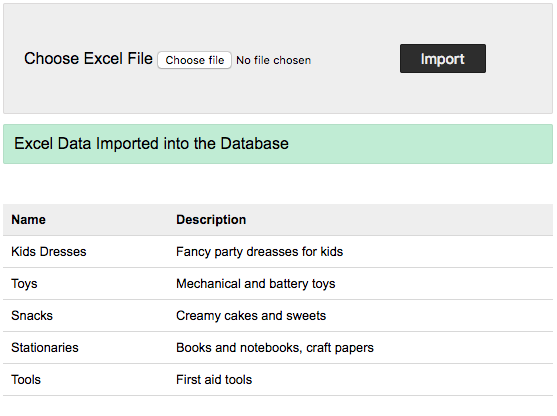5 Easy Ways to Import Excel Sheets into SPSS

In today's data-driven world, effectively managing and analyzing large datasets is crucial for researchers, data analysts, and statisticians. Statistical software like IBM SPSS provides robust tools for data analysis, but its functionality relies heavily on the quality of data import. Here, we explore five straightforward methods to import your Excel sheets into SPSS, ensuring your data analysis is as efficient and accurate as possible.
Method 1: Using the Import Wizard in SPSS


The SPSS Import Wizard is designed to make data import user-friendly. Here’s how you can use it:
- Open SPSS and navigate to File > Open > Data….
- Select Excel from the list of file types.
- Choose the Excel file you want to import and click Open.
- Follow the steps in the Import Wizard, specifying options like variable names, data format, and how you want to handle empty cells.
⚠️ Note: Ensure your Excel sheet has headers for variables in the first row for seamless variable naming in SPSS.
Method 2: CSV Export and Import


Converting your Excel sheet to CSV before importing can resolve some compatibility issues:
- Open your Excel sheet, and click File > Save As….
- Choose CSV (Comma delimited) as the file type.
- In SPSS, go to File > Import Data > CSV Data… and select your CSV file.
- The import wizard for CSV will guide you through setting up your data.
Method 3: Python Scripting in SPSS

Python integration with SPSS allows for automated data import:
- Open SPSS and go to File > New > Syntax.
- Enter the following Python code to import your Excel file:
import os import pandas as pd from pyreadstat import read_excel_sav
df = pd.read_excel(‘C:/path/to/your/excel.xlsx’, sheet_name=‘Sheet1’) df.to_csv(‘tempfile.csv’)
spss.Submit(“GET DATA /TYPE=CSV /FILE=‘tempfile.csv’ /ENCODING=‘UTF8’.\nDATASET NAME mydataset.\nVARIABLES.\nEXECUTE.”)
- Run this syntax to import your data.
📝 Note: Ensure you have Python and necessary libraries installed on your system.
Method 4: Using an SPSS Add-On

There are various add-ons available for SPSS that can streamline the import process:
- Install an add-on like Stat/Transfer or DataImportWizard from the IBM SPSS Extensions Hub.
- Follow the add-on’s specific instructions to import your Excel data.
- These add-ons can provide more options for data transformation and validation during import.
Method 5: Direct Import from SPSS Data Editor

This method involves a bit more manual work but offers a direct control:
- Open SPSS and navigate to File > Open > Data….
- Select Excel from the list of file types.
- Instead of using the wizard, go directly to the Excel Workbook view.
- Select the sheet and copy-paste or manually transfer your data into the SPSS Data Editor.
Choosing the Right Method

The choice of method largely depends on your comfort with technology, the structure of your Excel file, and specific needs like automation or data transformation:
| Method | Suitability |
|---|---|
| Import Wizard | Easy, straightforward for users new to SPSS. |
| CSV Export | Useful for overcoming Excel-specific issues or when needing to control file formatting. |
| Python Scripting | Ideal for automation, complex datasets, or when working with multiple files. |
| SPSS Add-Ons | Best when looking for advanced import options or if you often work with different data formats. |
| Direct Import | For quick transfers or when you need full control over the import process. |

🔧 Note: Each method has its own set of limitations. For instance, some might not support certain Excel features like formulas or formatting.
In summary, importing Excel sheets into SPSS is pivotal for effective data analysis. Whether you choose the Import Wizard for its simplicity, CSV export for flexibility, Python scripting for automation, add-ons for advanced features, or direct data entry for control, understanding these methods will significantly enhance your data management skills in SPSS. Remember, each method has its own advantages, so choose based on your specific data import needs. Ensuring a smooth and accurate data import process sets the foundation for reliable analysis, allowing you to derive meaningful insights from your datasets efficiently.
What happens to formulas in Excel when importing to SPSS?

+
Formulas in Excel are not preserved when imported into SPSS. SPSS only imports the values resulting from those formulas, not the formulas themselves.
Can I import multiple sheets from one Excel file into SPSS?

+
Yes, when using the Import Wizard or Python scripting, you can select which sheets to import. However, you might need to repeat the process for each sheet if your method doesn’t support multi-sheet import.
Does SPSS handle merged cells in Excel during import?

+
SPSS does not correctly handle merged cells. It’s advisable to unmerge cells before importing or to manually manage this in SPSS if possible.



